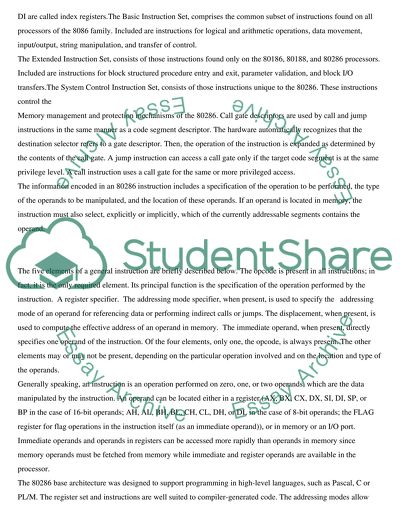Cite this document
(“Microprocessor Essay Example | Topics and Well Written Essays - 1000 words”, n.d.)
Microprocessor Essay Example | Topics and Well Written Essays - 1000 words. Retrieved from https://studentshare.org/miscellaneous/1534621-microprocessor
Microprocessor Essay Example | Topics and Well Written Essays - 1000 words. Retrieved from https://studentshare.org/miscellaneous/1534621-microprocessor
(Microprocessor Essay Example | Topics and Well Written Essays - 1000 Words)
Microprocessor Essay Example | Topics and Well Written Essays - 1000 Words. https://studentshare.org/miscellaneous/1534621-microprocessor.
Microprocessor Essay Example | Topics and Well Written Essays - 1000 Words. https://studentshare.org/miscellaneous/1534621-microprocessor.
“Microprocessor Essay Example | Topics and Well Written Essays - 1000 Words”, n.d. https://studentshare.org/miscellaneous/1534621-microprocessor.


